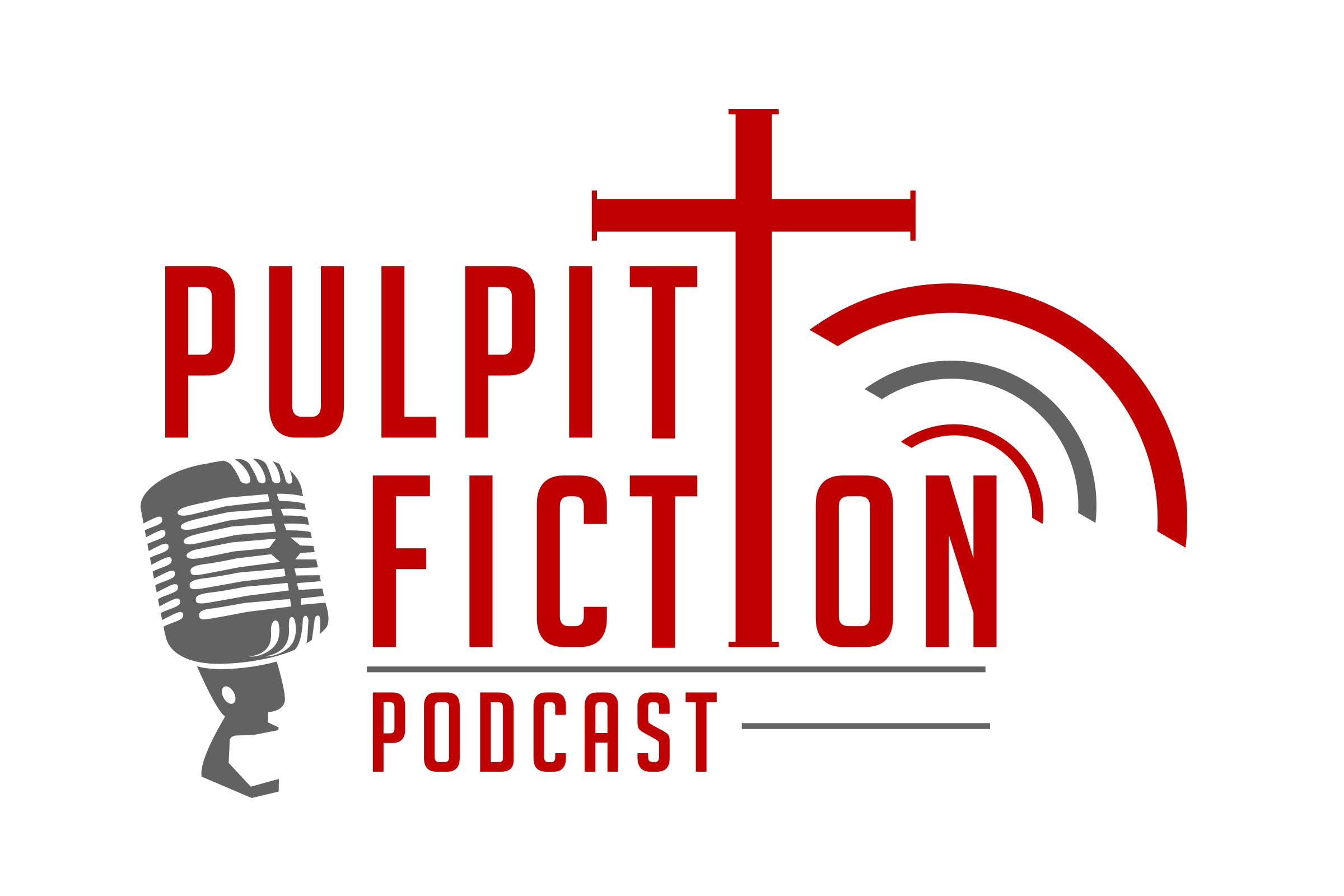NL 241: Peter Heals in Jerusalem
image: “Peter heals the lame man outside the temple” Mezzotint by P. van Somer after K. Dujardin. source/CC
Acts 3:1-10
Initial Thoughts
Abrupt shift from Mark to Acts. Acts is the sequel to Luke, not Mark, and right away it feels different. For one, it is set in Jerusalem.
Easter Season:
Acts 3:1-10 Peter and John heal a man at the Temple
Acts 17:1-9 Paul’s trouble in Thessalonica
Acts 18:1-4 Paul settles in Corinth
1 Corinthians 13:1-13 The greatest gift is love
1 Corinthians 15:1-26, 51-57 Paul’s sermon on resurrection
Acts 2:1-4 the first Pentecost and the arrival of the Holy Spirit
1 Corinthians 12:1-13 Paul explains the gifts of the Spirit
Bible Study
Literary Context
Comes right after beautiful description of the Beloved Community
“They devoted themselves to the apostles’ teaching, to the community, to their shared meals, and to their prayers…”
This healing causes an uproar, draws a crowd, and leads to Peter’s second sermon, arrest, questioning, and release.
Movement from the beloved utopian image of the church at the end of chapter 2 into the pain of the surrounding community here in Acts 3
The church is called outside of itself to serve the world
“Luke goes to great pains to show that the church’s gathering to break bread, teach, and pray joyfully was in no way a detour around the misery of the world... The path toward significant prayer is a way that goes straight through, not around, human misery.” (William Willimon, Interpretation:, Acts, p. 43-44)
“I will give you what I have”
This is the central confession of this passage and a living out of the beloved community described in Acts 2
They shared what they have - cannot share what we don’t have (in this case money), but he can share what we do have (the good news of Jesus Christ)
Everyone has something to give - this seems obvious, but it isn’t
Think back to Christmas, the little drummer boy, Amal and the Night Visitors, the Gift of the Magi, etc
There are so many stories of people giving and sharing what they have to those who need it most
What the man receives is not what he asked for - the man wanted money, but instead received healing and acceptance by Peter and John, not by the others (which leads to their arrest in Acts 4)
How much of the healing was the power to walk and how much was the acceptance into the beloved community?
Peter and John didn’t ignore the man, or see him as a crippled person, but instead say him as a man who was also a beloved child of God.
“He grasped the man and raised him up.”
Again, “raised up” is similar language to Jesus being “raised up by God” and Jesus raising up Jairus’s daughter and the deceased son of a widow (Luke 7:14, 8:15)
He raised up the man and entered the temple with them.
The main was lifted up from a position of servitude to a position of partnership. From kneeling, literally lower than Peter and John, to walking side-by-side with them.
“The comparison of the man who lies helpless and dependent at the gate compared with the man who now is seen “walking and leaping and praising God” (3:8) makes the healing all the more impressive.” (Willimon)
Thoughts and Questions
What do you have to give? It may not be what someone asks for - but you have God-given gifts to share. What are they and how are you sharing them?
How much of our “hand outs” are “hands up”? Does the charity we offer as a church keep people in a begging position, or does it raise them up so we can walk side-by-side. This is a challenging question, and perhaps not terribly appropriate to ask right now. But still something we need to consider. Shout out to Christopher Marlin-Warfield, author of Radical Charity, for a great book that looks at some of these issues.
Opening music: Misirlou, One Man 90 Instruments by Joe Penna/MysteryGuitarMan at MIM
Closing Song by Bryan Odeen


